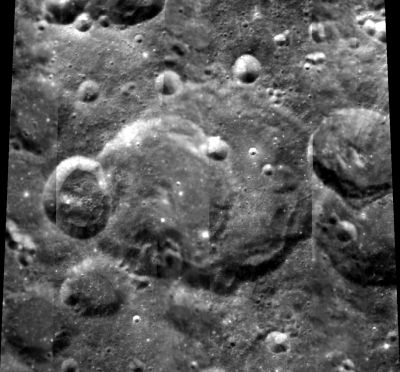Difference between revisions of "Perrine"
| Line 6: | Line 6: | ||
|} | |} | ||
<div id="toc"> | <div id="toc"> | ||
| − | [http://www.lpod.org/coppermine/displayimage.php?pid=1100&fullsize=1 [[Image: | + | [http://www.lpod.org/coppermine/displayimage.php?pid=1100&fullsize=1 [[Image:Normal_perrine-clem1.jpg|external image normal_perrine-clem1.jpg]]]<br /> ''[http://lpod.org/coppermine/displayimage.php?pos=-1100 Clementine]''<br /> <br /> |
==Images== | ==Images== | ||
[http://www.lpod.org/coppermine/thumbnails.php?album=search&type=full&search=Perrine LPOD Photo Gallery] [http://www.lpi.usra.edu/resources/lunar_orbiter/bin/srch_nam.shtml?Perrine%7C0 Lunar Orbiter Images]<br /> <br /> | [http://www.lpod.org/coppermine/thumbnails.php?album=search&type=full&search=Perrine LPOD Photo Gallery] [http://www.lpi.usra.edu/resources/lunar_orbiter/bin/srch_nam.shtml?Perrine%7C0 Lunar Orbiter Images]<br /> <br /> | ||
Latest revision as of 02:09, 16 April 2018
Contents
Perrine
|
Lat: 42.5°N, Long: 127.8°W, Diam: 86 km, Depth: km, Rükl: (farside), pre-Nectarian |
Images
LPOD Photo Gallery Lunar Orbiter Images
Maps
(LAC zone 35A3) USGS Digital Atlas PDF
Description
Description: Wikipedia
Additional Information
- Perrine E mapped as Copernican by USGS.
Nomenclature
Charles Dillon Perrine (July 28, 1867–June 21, 1951) was an American-Argentine astronomer. He discovered two moons of Jupiter, today known as Himalia (in 1904) and Elara (in 1905). They were simply designated "Jupiter VI" and "Jupiter VII" and were not given their present names until 1975.
LROC Articles
Minty Fresh (a tiny ray-craterlet west of Perrine, east of Quetelet) (in the centre of the triangle Perrine-Quetelet-Thiel).
Bibliography
Charles D. Perrine in the Sourcebook Project (William R. Corliss)
In Mysterious Universe, a handbook of astronomical anomalies (1979) :
- Page 67: The Closing of a Famous Astronomical Problem (W.W.Campbell, Popular Science Monthly, 1909). About the curious observations of the so-called intramercurial planet, which was called Vulcan.
- Page 511: A Luminous Object seen on May 4, 1916 (C.D.Perrine, Astronomical Society of the Pacific - Publications, 1916).
- Page 536: A Remarkable Coincidence (W.W.Campbell, Science, 1917). The case of a certain comet which was (or could have been) discovered by both Perrine and Lamp (independently).
